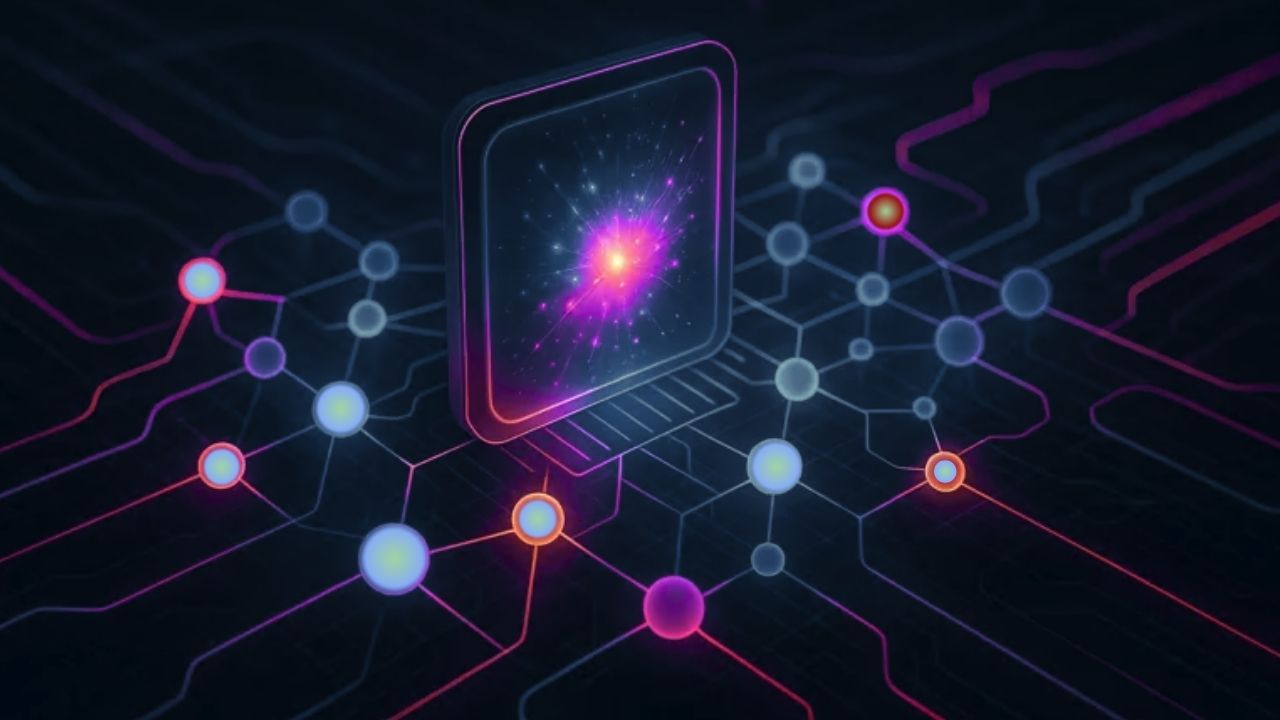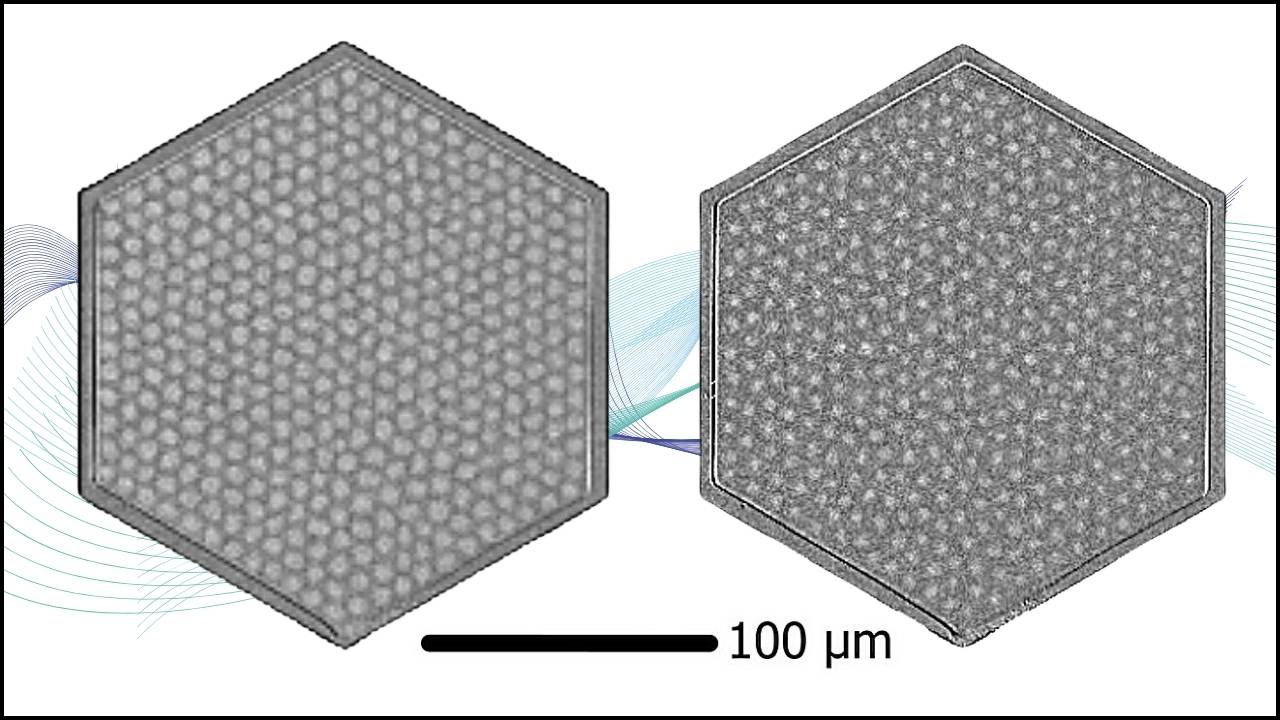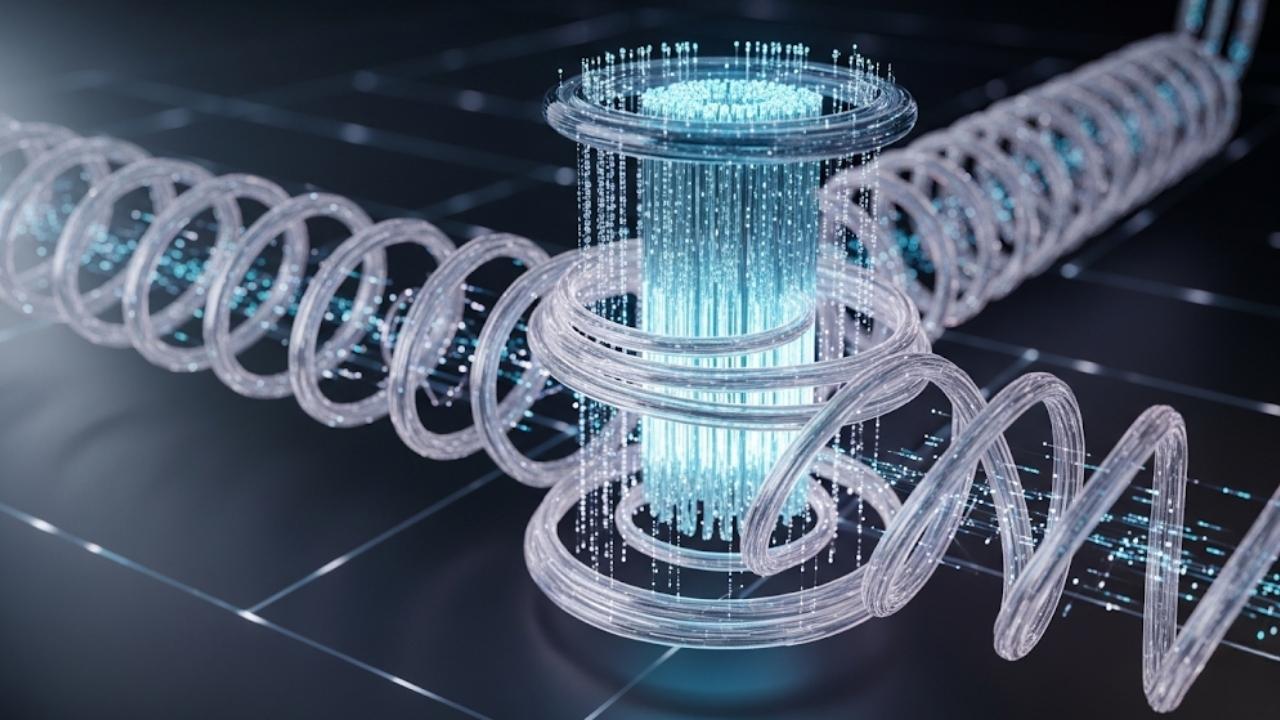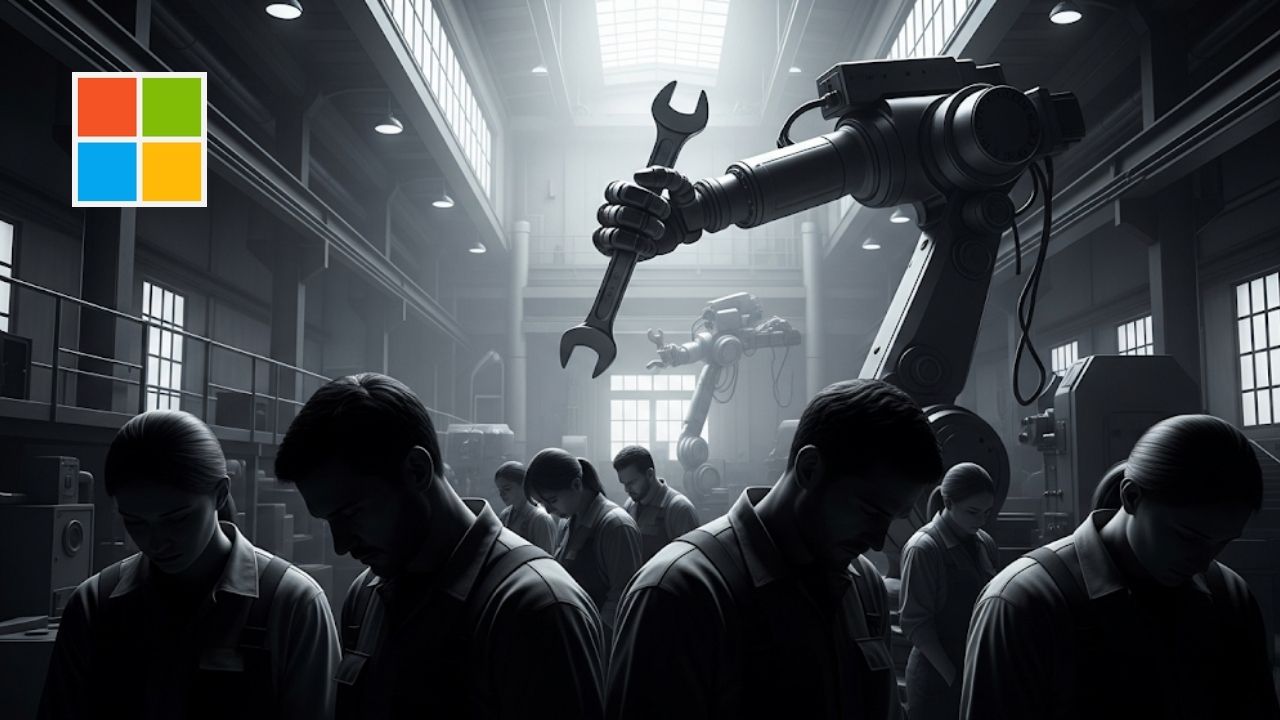In an exciting breakthrough, physicists from Leiden University in the Netherlands have discovered that particles can actually speed up when packed closely together, defying the usual expectation that crowded things slow down. This new phenomenon unveils a previously unknown state of matter, shaking up how we understand the behavior of particles under crowded conditions. But what exactly is happening? Why do particles behave this way, and what could it mean for the future of science and technology?
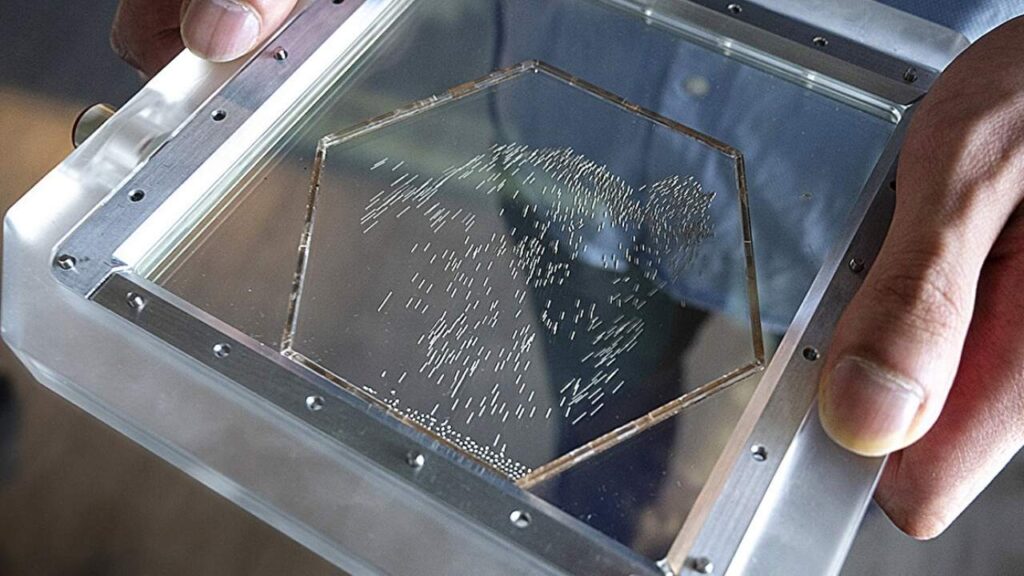
This comprehensive article will guide you through this fascinating discovery by explaining complex physics in a clear and engaging manner — suitable for curious readers of all ages and professionals alike. You’ll learn the science behind the phenomenon, see real-world examples, explore potential applications, and find answers to common questions.
What Happens When Particles Are Crushed Together?
Most people know that when spaces get crowded, like in traffic jams or packed rooms, movement slows down. Imagine hundreds of people trying to walk through a narrow hallway – they would move more slowly because they bump into each other and have limited space.
However, in a surprising twist, the Leiden University researchers found that certain particles at microscopic scales do the exact opposite: when squeezed tightly, they speed up. This happens because the particles bounce off each other very efficiently, passing energy from one to another in a way that causes collective acceleration rather than slowdown.
This behavior introduces a new form of matter, which the researchers describe as an “active gas.” Unlike ordinary gases or solids, where particles slow down when compressed, this active gas becomes more energetic as density rises.
Physicists Discover Particles That Speed Up When Crushed Together
| Key Aspect | Details |
|---|---|
| Discovery | New state of matter where particles speed up due to elastic collisions when closely packed. |
| Research Team | Physicists at Leiden University, Netherlands. |
| Experiment | Electrical vibrations energize tiny metal beads trapped between glass plates to study particle collisions. |
| Result | Energy transfer efficiency increases with particle density, leading to increased overall motion instead of slowdown. |
| Why It’s Important | Challenges traditional views of crowded systems; potential for new physics, material science, and engineering applications. |
| Applications & Implications | Insights into granular materials, nanotechnology, electronics, and energy transfer systems. |
| Source & Official News | Leiden University Official News |
The discovery by Leiden University physicists that particles speed up when crushed together rather than slow down opens a new chapter in our understanding of matter. This “active gas” state of matter behaves in unexpected and fascinating ways, overturning conventional wisdom about crowded systems.
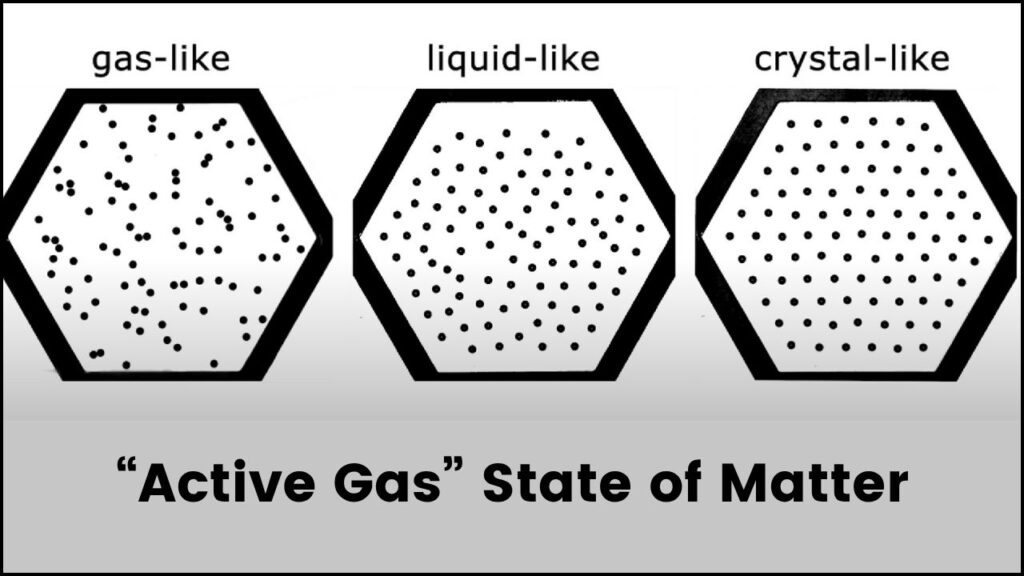
This breakthrough enhances our grasp of microscopic particle dynamics and introduces promising opportunities in physics, engineering, and technology design. By studying and harnessing this energetic state, researchers may develop new materials, devices, and systems improving everything from industrial processes to medical technologies.
As science continues to explore these realms, we gain not only deeper knowledge of the universe but practical tools for building the future.
The Science Behind the Speed-Up Effect: Elastic Collisions Explained
At the microscopic level, particles interact through collisions, similar to how billiard balls strike one another on a pool table. In many systems, when particles collide, they lose some energy to heat or sound—these are called inelastic collisions, which cause particles to slow down over time.
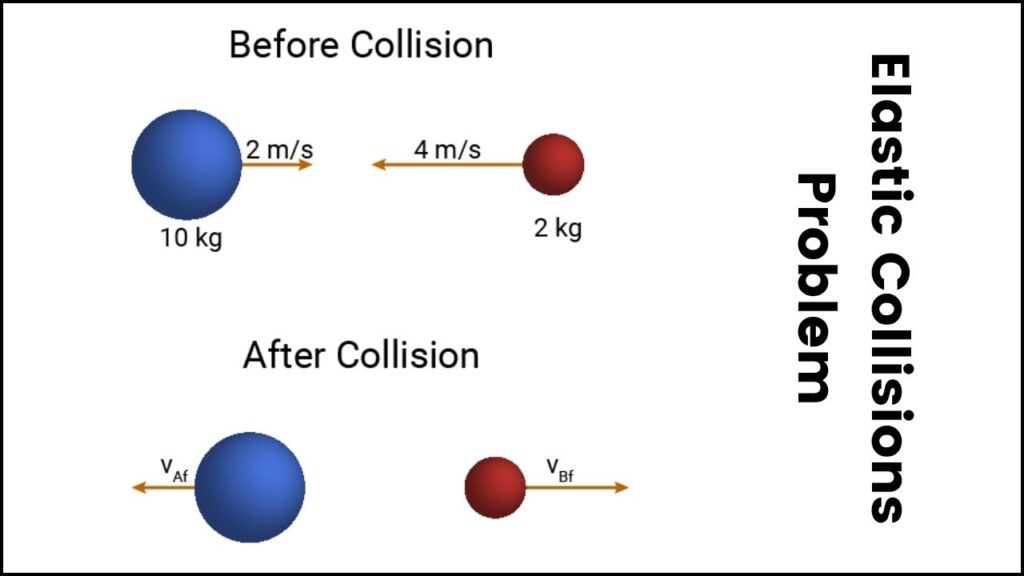
But the Leiden team focused on a special type of collision called an elastic collision, where particles bounce off each other without losing energy. Think of two super-bouncy rubber balls hitting each other and bouncing away, keeping almost all the energy from the collision intact.
When many such particles are confined in a limited space, the number of collisions increases dramatically. Instead of energy disappearing, it gets transferred from one particle to another efficiently. This chain of energy transfer causes the collective movement to speed up, creating the surprising behavior observed.
The Metal Bead Experiment: How They Proved It
To study this phenomenon, the scientists designed an experiment using tiny steel beads, about the size of a grain of sand, placed between two glass plates. They then used electrical vibrations to energize the beads, causing them to jump and collide.
As the number of beads increased—the system became denser—the researchers noticed increased motion overall, with more frequent and energetic collisions. Instead of the system slowing down due to crowding, it behaved like a lively, active gas with particles “powering up.”
This experiment not only demonstrated the phenomenon but also provided valuable data to model and understand the dynamics of the newly discovered state.
Why Is This Discovery a Big Deal?
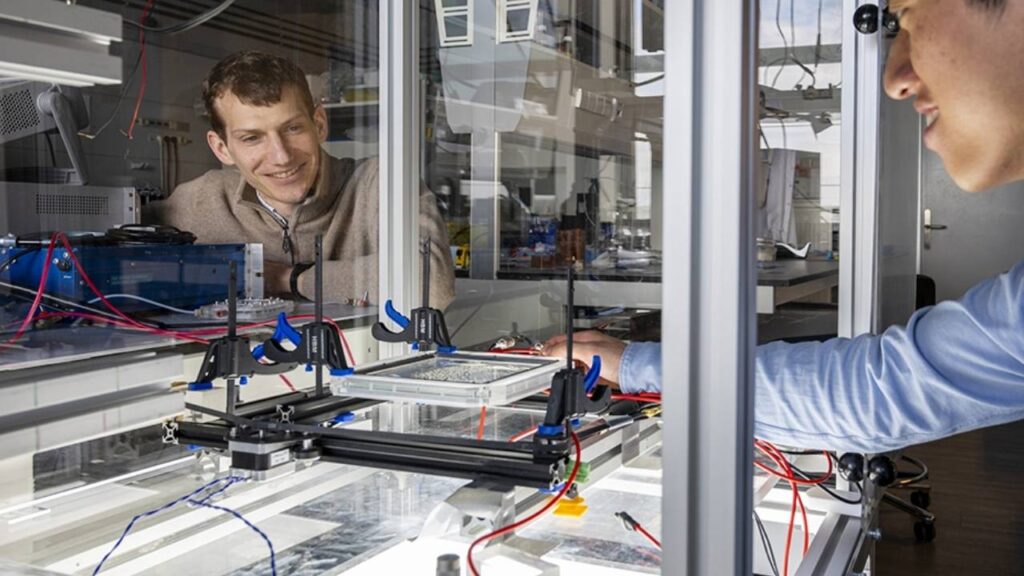
Changing Long-Held Beliefs About Crowds and Movement
Our everyday experiences teach us that crowded systems hinder movement — whether it’s traffic, people in a stadium, or grains flowing through a funnel. This discovery reveals that under particular physical conditions, the opposite occurs at the microscopic level. This changes how physicists think about “active matter,” which refers to systems where individual units consume energy to produce motion.
New Avenues in Physics and Material Science
This active gas state could mean significant advances in how we understand and design:
- Granular Materials such as powders, sand, or powders used in industrial processes; better models can optimize handling.
- Nanotechnologies that involve tiny particles moving and interacting in confined spaces.
- Energy Transfer Systems that depend on efficient transfer of kinetic energy.
- Smart Materials that react dynamically to their environment using principles of active matter.
Being able to harness or mimic this behavior opens doors to new engineering techniques and possibly faster, more resilient electronics or micro-machines.
Real-World Technologies That May Benefit
- Robotics: Swarm robots (small robots working together) could use these principles to improve movement in tight spaces.
- Industrial Processing: Enhancing mixing, sorting, or transporting granular materials.
- Medical Devices: Improved drug delivery systems or diagnostics at the microscopic scale.
- Energy Systems: Advanced materials that efficiently move or store energy through particle interactions.
Breaking It Down: A Simple Guide to Understanding the New State of Matter
Step 1: Know the States of Matter
Ordinary matter exists in well-known states: solids, liquids, and gases. Each behaves differently depending on particle arrangement and energy levels.
Step 2: Learn About Particle Collisions
Particles constantly hit each other. Normally, collisions slow them down because of energy loss (think of clay balls sticking vs. rubber balls bouncing).
Step 3: Understand Elastic Collisions
Elastic collisions happen when particles bounce off without losing energy, like billiard balls striking each other.
Step 4: Consider High-Density Environments
When many elastic particles fill a small space, frequent collisions cause energy to circulate rapidly.
Step 5: Recognize the Active Gas Phenomenon
The whole system behaves like a self-sustaining, energized “gas” that grows more dynamic as particle density rises.
Scientists Rewrite a Material’s Magnetic DNA Using Light: A Groundbreaking Leap in Material Science
AI Just Made 2D Materials Stronger—Here’s How It’s Changing the Future of Material Science
FAQs About Physicists Discover Particles That Speed Up When Crushed Together
Q1. What exactly are elastic collisions?
Elastic collisions are interactions where particles bounce off each other while conserving kinetic energy, losing minimal or no energy to other forms like heat or sound.
Q2. How is this new state of matter different from usual gases or solids?
Unlike typical gases that slow down under compression, this “active gas” speeds up because particles transfer energy efficiently without loss.
Q3. What real-world materials or systems show this behavior?
Currently, it has been experimentally observed with metal beads but could relate to other granular or microscopic systems in nature and industry.
Q4. Could this discovery explain other natural phenomena?
It may provide insight into the dynamics of crowds of bacteria, cellular movement, or other active matter systems in biology and physics.
Q5. What future research is planned?
Scientists aim to explore this behavior in different materials, refine theoretical models, and investigate applications in nanotechnology and materials science.
Digging Deeper: Related Concepts and Research
Active Matter in Physics
The discovery fits into the broader study of active matter, a field examining systems where individual components consume energy to produce motion, like bird flocks, fish schools, or bacterial colonies. Understanding active matter can transform multiple disciplines from biology to robotics.
Particle Accelerators and Matter States
While this discovery relates to dense particle interactions, it contrasts with research at places like CERN’s Large Hadron Collider, which studies high-energy particle collisions but under different conditions involving fundamental particles.
The Role of Collaborations and Interdisciplinary Science
Breakthroughs like this showcase the importance of combining expertise in physics, engineering, and materials science, highlighting how collaborative research pushes scientific knowledge forward.
